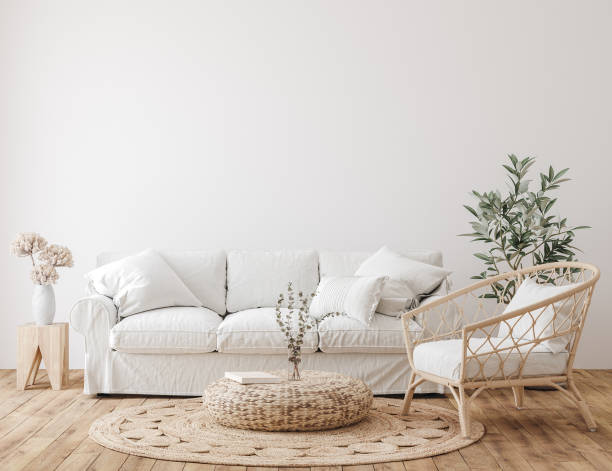The White Aesthetic: Adopting Elegance and Simplicity in Design
In a variety of design fields, such as digital art, fashion, and interior design, the white aesthetic has gained popularity. The white aesthetic, which is characterized by its simplicity and cleanliness, exudes refinement, serenity, and purity. Whether in a current fashion item, a calm bedroom with white walls, or a well-designed website, this aesthetic emphasizes simplicity to create a timeless and sophisticated setting or style. Its understated elegance makes it a flexible option that appeals to anyone looking for a calm, clutter-free environment.
The Charm of Simplicity
Fundamentally, the white aesthetic is strongly impacted by minimalism. By eliminating pointless distractions, it aims to declutter both mental and physical settings. White is a color that represents openness and blankness, which makes other components in a space or design stand out. This minimalist style is perfect for areas where clarity and relaxation are the main objectives, such a home office, bedroom, or even a yoga studio, because it may produce a calm and concentrated ambiance. A more deliberate use of design results from the absence of strong hues, which foster a sense of harmony and tranquility.
Interior Design with White
White interior design is frequently linked to sleek, contemporary environments. It is simple to combine different textures, materials, and colors with white walls, furniture, and accessories since they create a neutral canvas. This preserves the overall feeling of coherence while permitting stylistic flexibility. Incorporating natural light, plants, or gentle pastel colors into a white apartment can provide depth without taking away from the serene atmosphere. White is frequently used by designers to highlight beauty and simplicity, demonstrating that less really is more. Furthermore, white can give any space a refined yet approachable feel when paired with organic elements like metal, stone, or wood.
White’s Place in Fashion
The white aesthetic is also important in fashion, where it’s frequently employed to communicate refinement, cleanliness, and purity. A classic and refined look can be achieved with white apparel, particularly in the shape of clean shirts, blouses, dresses, and suits. White, which stands for subtle elegance, is frequently used in haute couture and luxury fashion lines. It’s also popular for minimalist wardrobes, enabling people to create ensembles that emphasize adaptability and simplicity. The white aesthetic conveys a modern and stylish vibe that goes beyond fashion trends, whether it is achieved through an all-white outfit or just a hint of white in shoes or accessories.
White in Graphic and Digital Design
The white style has become more and more popular in the digital sphere for social networking platforms, apps, and websites. White backgrounds are used in many contemporary websites and user interfaces to increase readability and user experience. In design, white space (also known as negative space) aids in content organization, which facilitates user navigation and helps visitors concentrate on important details. Vibrant text or photos contrasted with white backdrops can produce an eye-catching visual impression without overpowering the viewer. White is used in digital design to create a simple, streamlined appearance that is both aesthetically pleasing and easy to use.
White’s Everlasting Appeal
The ageless attraction of the white aesthetic is rooted in its adaptability. White’s prominence as a color that represents simplicity, elegance, and purity endures despite changes in fashion, seasons, and culture. While maintaining a consistent design and aesthetic, it permits ongoing innovation and modification. Whether it is utilized in digital media, fashion, or home design, white fosters creativity and unique expression. Its understated elegance never fails to enthrall, providing a welcome respite from the intricacy and mayhem that frequently rule our environment.
Conclusion: The Strength of Ease
In summary, the white aesthetic is a philosophy that honors the beauty of simplicity rather than merely being a design fad. It is a popular option for anyone looking for balance in their environment or personal style because of its serene, clean impression, which fosters a sense of tranquility and order. White’s adaptability guarantees that it will continue to be a mainstay in imaginative and practical design for many years to come, whether in digital environments, fashion, or interior design. Whether used as the primary focus or as a supporting feature, the white aesthetic never fails to enthrall and inspire, demonstrating that often the most straightforward ideas have the greatest impact.




